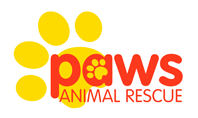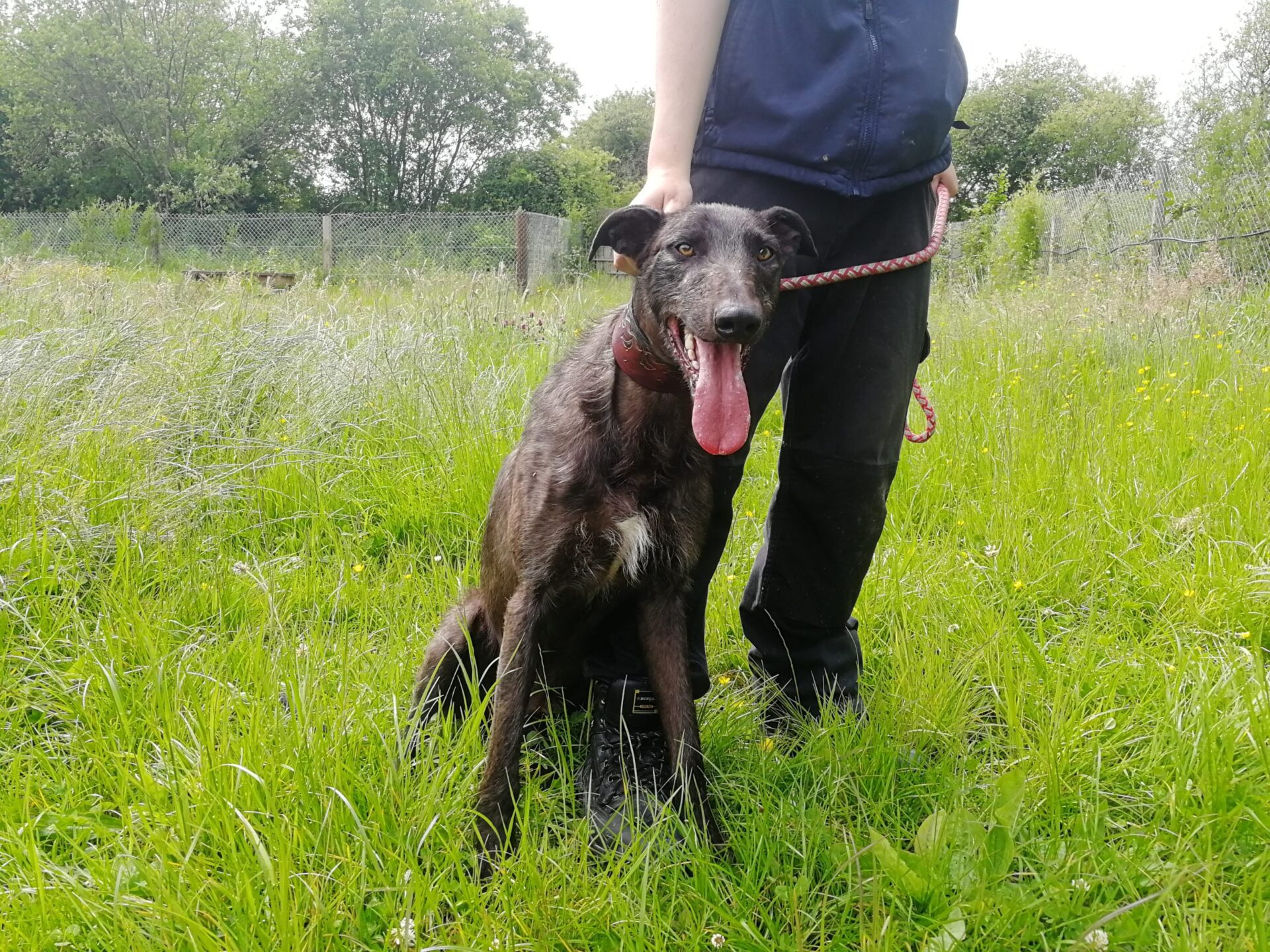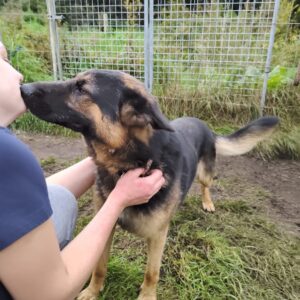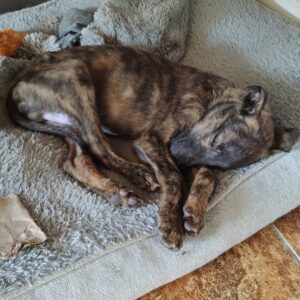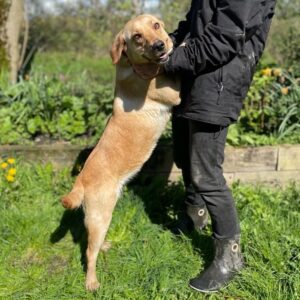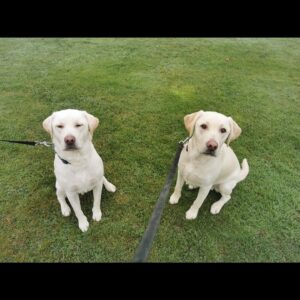We are all guilty of sometimes reinforcing behaviours in our dogs that are actually bad habits for them to get into. Humans are often responsible for putting human emotions on our dogs. We treat bad habits, like excitability when we come through the door each time, like our dogs’ way of showing us affection rather than a potentially undesirable behavioural habit for them to get into. We treat their jumping up on us as a welcome and greet them with excitement back. We return their excitment with pets, squeaky voices, eye contact and may even jump around with them. This means our dogs will start to believe this is the right behaviour to show each time we walk through the door and will offer this behaviour up to us each time in order to get the affection and rewards back.
The problem is, our dogs grow up and get bigger. They can’t differentiate who they can jump up on and who they should stay on the ground to greet. They’ll offer this behaviour every time and they won’t know when their paws are mucky and you’re in good clothes. Or if you’ve had a long day and they’ve been left to wait on you all day so come running to greet you paws first and push you into the wall. They’ll respond to elderly people and younger children the same way and it can even get quite dangerous when these visitors get knocked over. Dogs who are not taught to process their excitement the correct way can develop the behaviour into worse habits, such as biting hair or clothes or even start humping as well.
It’s all too easy to allow a dog’s unfortunate behavior to work for them. One example of this is allowing a dog to pull while on-leash; the behavior is reinforced because it gets your dog what she wants—going the direction she desires, going faster or catching up with that cat. Or, reinforcing barking by giving the dog attention in response to it.
Similarly, laughing, petting or sweet-talking a dog when she jumps up makes that behavior more likely to happen. Don’t let the behavior you don’t want work for your dog, or they will keep doing it.
It’s a number one behavioural problem people will seek professional dog training help for and yet it can be easily solved. It’s as simple as ignoring your dog when you first walk through the door. Ignore any excitement by going about a typical routine, put your coat or put the kettle on etc. When your dog is calm with all four paws on the ground, then turn to them and come down to their level to pet and speak to them. If they go to jump up on you again, turn away from or walk away and remove your attention again. Repeat as necessary until your dog offers up calm behaviours when greeting you first. You will find then that your dog will greet you with the same excitement but will happily stay on the ground with a waggy tail and wait for you to come to them rather than jumping or pushing you over to come to you. This does have to be consistent with everyone that greets your dog so inform guests ahead of time to ignore your dog at first and tell them they can dote on them when the initial excitement of someone new is over and your dog is calmer.
Remember, it is not being unkind to your dog, it’s simply telling them in a language they understand that knocking people over or jumping up on them will get ignored and staying on the floor with all four paws on the ground is met with rewards and lots of attention and praise. It results in more benefits for your dog in the long run as more people will want to spend time giving your dog attention when they are not being knocked over by them or their clothes being ruined in dog hair and paw prints.
